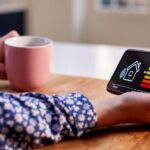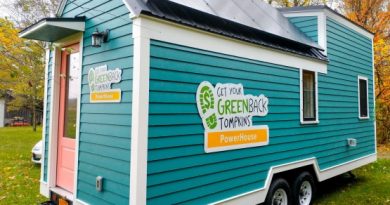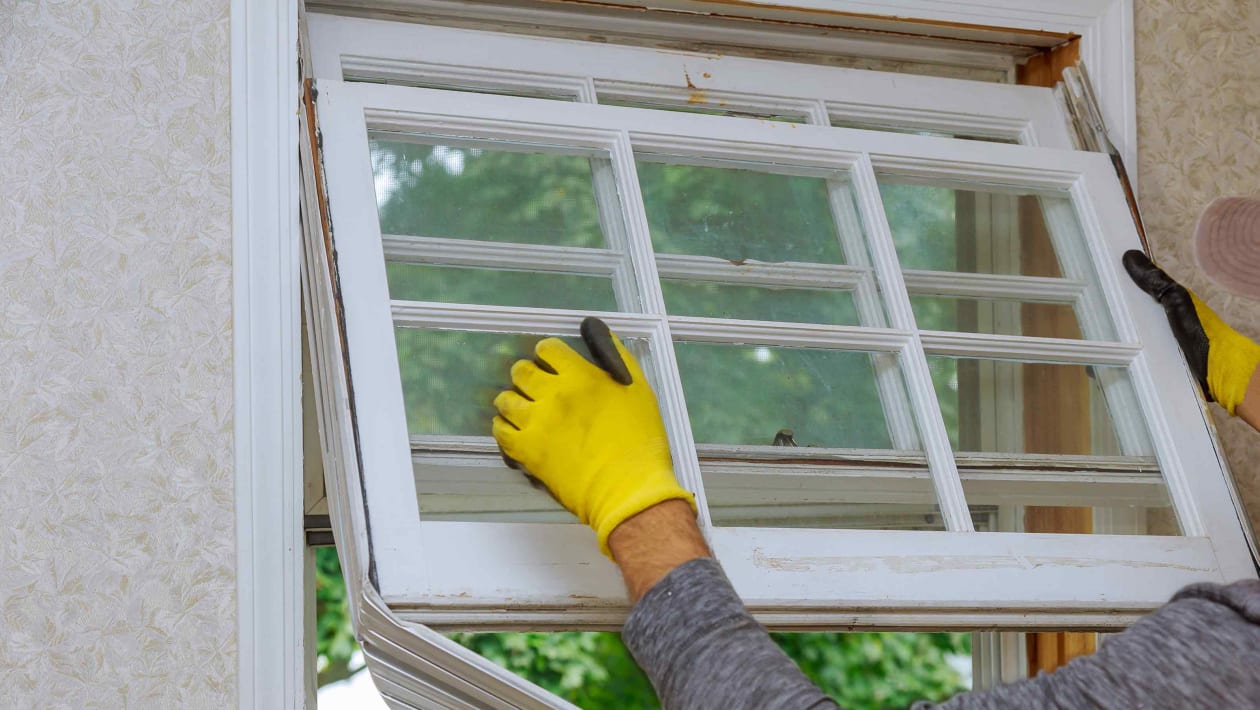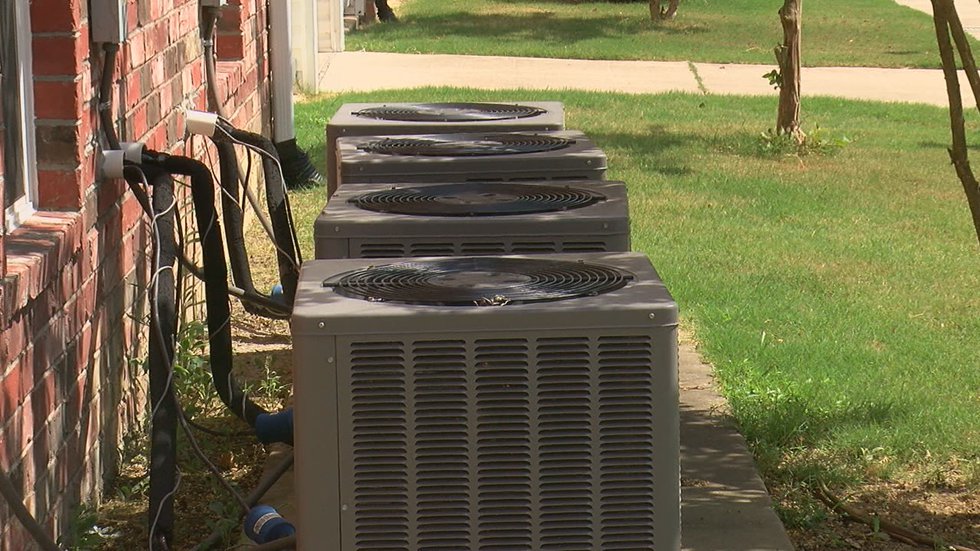Why Home Energy Management Equals Sustainable Opportunity – Security Sales & Integration
Energy Disrupter
As with any year, 2022 continues to prove that contrasts are the norm, especially in the residential new construction (RNC) space. Ongoing shifts in the U.S. housing market, whether coming from supply chain disruptions or through the evolving economy, are combined with opportunities for contractors and consumers alike to consider supplementing where and how they live with new tools, systems, and technologies — courtesy of a boost from the Inflation Reduction Act/IRA passed this summer.
Without a doubt, the balancing act is real. When such contrasts come together, the first instinct may be to stick to the most straightforward option. At first blush, setting up a new home for improved energy management would seem like a task best suited for an HVAC team that is tackling all of the indoor air quality systems.
The great news is that thanks to a number of factors and trends that have been bubbling up throughout the past 12 months, enabling better energy management technology an services across a wider range of homes is more within reach than ever. And with palpable market demand and opportunity, that can rapidly open the door to delivering some real impact in the near- and longer-term for both you and your customers.
It’s no longer just a “nice to have” and is instead ready as a “standard operating procedure” for more of your jobs over the next few years. Let’s take a look.
Awareness Boost Across Generations
Before a customer even steps through the door of their new home, it is becoming more likely that this past summer’s IRA — or climate bill as some have referred to it — is going to be top of mind for them. The suite of tax credits, rebates and other savings opportunities through the IRA are available as early as now, ready for people who decide to make investments in next-generation features and services.
Many of those savings have direct ties into potent home energy management technologies that can supplement existing practices and products. Additional savings, and the technology that will make them possible, will roll out over time, meaning a growing wave of interest and demand will be more likely.
Findings from the team at Parks Associates indicate that at least 44% of U.S. Internet households say they’re actively working to reduce energy consumption within their homes. That is an important recognition, given that, on average, more than half of a household’s annual energy consumption (51%) is for just two energy end uses: heating and air conditioning, according to the U.S. Energy Information Administration.
Factors such as water heating, lighting and refrigeration account for approximately 27% of total annual home energy use; 21% toward devices that include televisions, cooking appliance, clothes washers, clothes dryers and a growing list of consumer electronics.
While those figures are a few years old, the mix of energy use certainly will continue to fluctuate. As smart controls expand, so too does an opportunity for dealers to integrate and better manage — plus maximize — the energy use from a home’s connected systems.
As new homes continue to feature such integrations — providing both management capability and energy-use information to the homeowner — and as dealers’ understanding of what’s possible to further supplement improves, dealers are likely to have increased opportunities for additional engagement and revenue from customers.

Integrating various sensors, such as those of a connected security system, then applying video analytics and services, and linking it all to a home’s system can provide nimble, real-time impact. (Image courtesy of Resideo)
Possibilities Across the Market
While the IRA has seemingly put a fresh spotlight on energy management for homes and other areas — from consumers to manufacturers to service providers and beyond — it is also building upon an existing foundation of consumer interest, as well as sales opportunities.
The International Energy Agency has determined homes that incorporate energy efficiency measures — those that can reduce the energy consumption and operating costs — can result in a sales price premium ranging from 8.5% on up to 26%.
Earlier this year, the U.S. National Association of Realtors also found that more than half of its clients are at least somewhat interested in sustainability.
When looking across different generations of home buyers, millennials are seemingly the most prominent group when it comes to the housing market. This includes both spending more money for a new home and, according to a recent study from Deloitte, making an effort to reduce their personal impact on the environment (90% of millennials and Gen Zs).
In a similar vein, millennials rank “making improvements to their homes for increased sustainability” as one of top go-forward actions. The technologies and devices that can make a home more sustainable through improved energy consumption span small and large: from smart thermostats, water management systems and detectors, and lighting controls, all the way up to homes’ major systems, such as heat pumps, tankless water heaters, connected appliances, solar panels and more.
Coupling multidevice and even whole-home control systems through a combination of both hardware and easy-to-use mobile apps and software will open new doors for customers for the foreseeable future. That is almost certain to be even simpler for manufacturers, dealers and customers alike as more industry standards evolve.
Examples include the Connectivity Standards Alliance’s (CSA) Matter protocol and the Home Connectivity Alliance (HCA), an organization dedicated to secure interoperability across long-life appliances (i.e., HVAC systems, large appliances, televisions, etc.). The goal with these standards is to provide simplification across the smart home, unifying how devices are set up all the way through how customers use them daily.
This could mean a whole host of scenarios where integrating various sensors, say from a connected security system, then applying video analytics and services, and linking it all to a home’s system can provide nimble, real-time impact.
One example would be the ability to know if a window was open during a hot or cold temperature swing and modulating the HVAC system to avoid overcompensating until the window can be closed or the room vents are closed off.
Rapid detection of a leak within a home’s water system and then being able to both reduce or stop the loss through a smart valve while also contacting a service professional is another real-world scenario that comes to mind.

Parks Associates reports at least 44% of U.S. Internet households say they’re actively working to reduce energy consumption within their homes. (Image: Andrii Yalanskyi/stock.adobe.com)
Sustainable Sales Seen Ahead
No one can predict the future and nothing is guaranteed, but another truth seems to be bubbling up if indicators from the past few years can be believed: building out homes that are smart, connected and provide ways for customers to not only understand but also control their energy management is bigger than ever. It’s an opportunity to sell the customer on long-term value, and not just based on price.
The stars are aligning on the simultaneous intersection of U.S. legislation, price increases, improved technologies and systems, a growing awareness of what is available, and customers who are more willing than ever to try things that enhance the connectivity and efficiency of their homes.
It’s important for dealers to stay up to date on energy-efficient technology and manufacturers’ efforts now — because then they can educate homeowners about equipment operation and maintenance in the future. It really does feel like the idea of a sustainable home — a promise talked up in many circles for numerous years — is quickly coming to an inflection point.
Will there be bumps in the road and pivots to make? Without a doubt, and it certainly must be a concerted effort of cooperation across groups, especially in the residential new construction space. The great news is that we here in the homes-related industry have been able to take on big challenges like this before, working to evolve the market, bringing customers along the journey, and establishing ways of working that truly can benefit everyone involved.
It is something that can and should be celebrated collectively, perhaps now more than ever. And then being able to not only say but actually show real, impactful change? That is opportunity you should be ready to get behind every single time.
Erin Woodward is Global Sustainability Leader at Resideo.
















